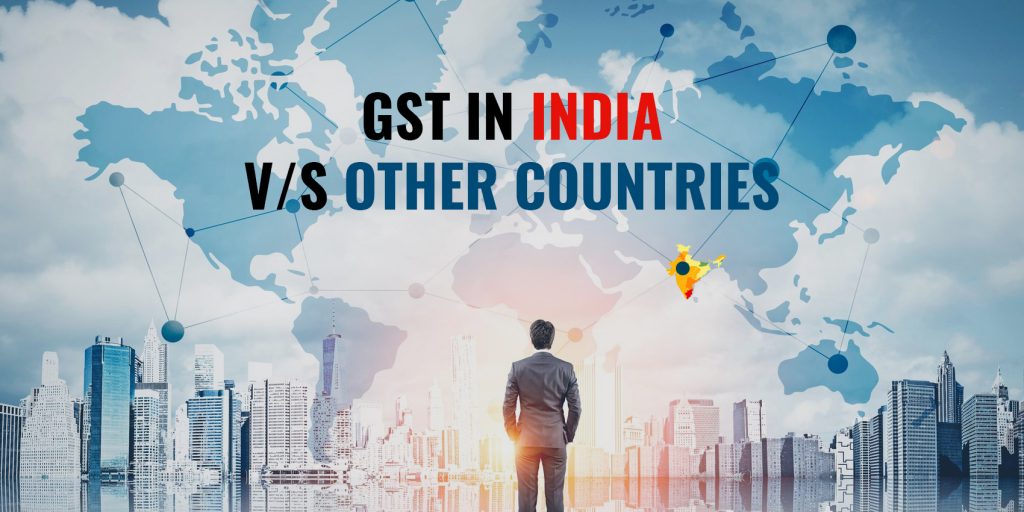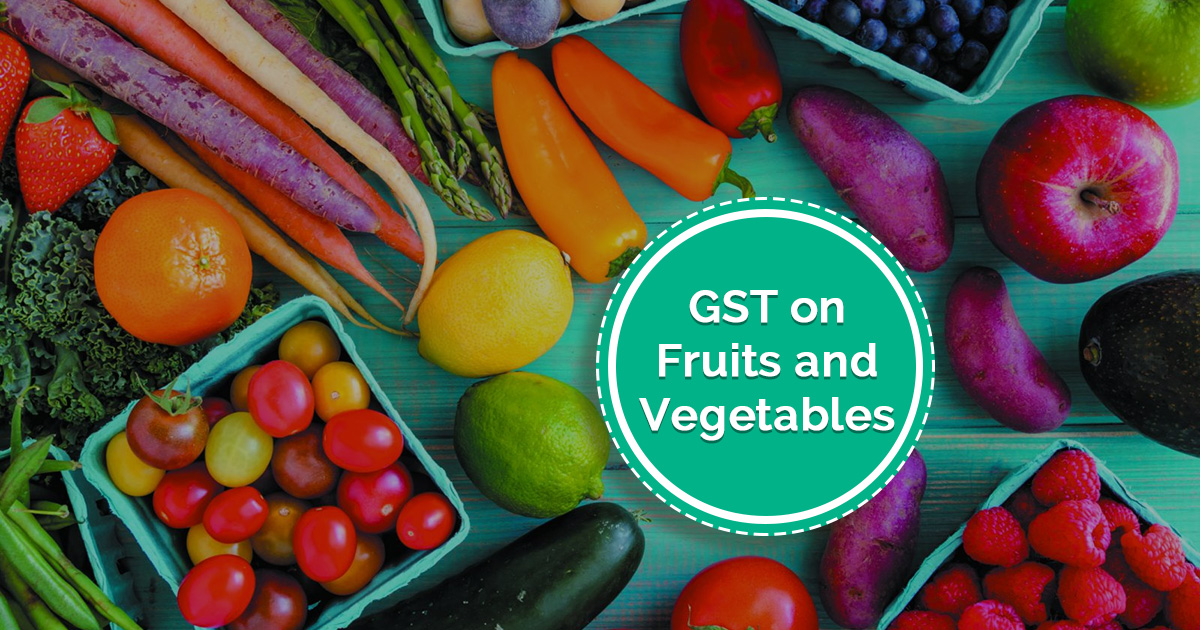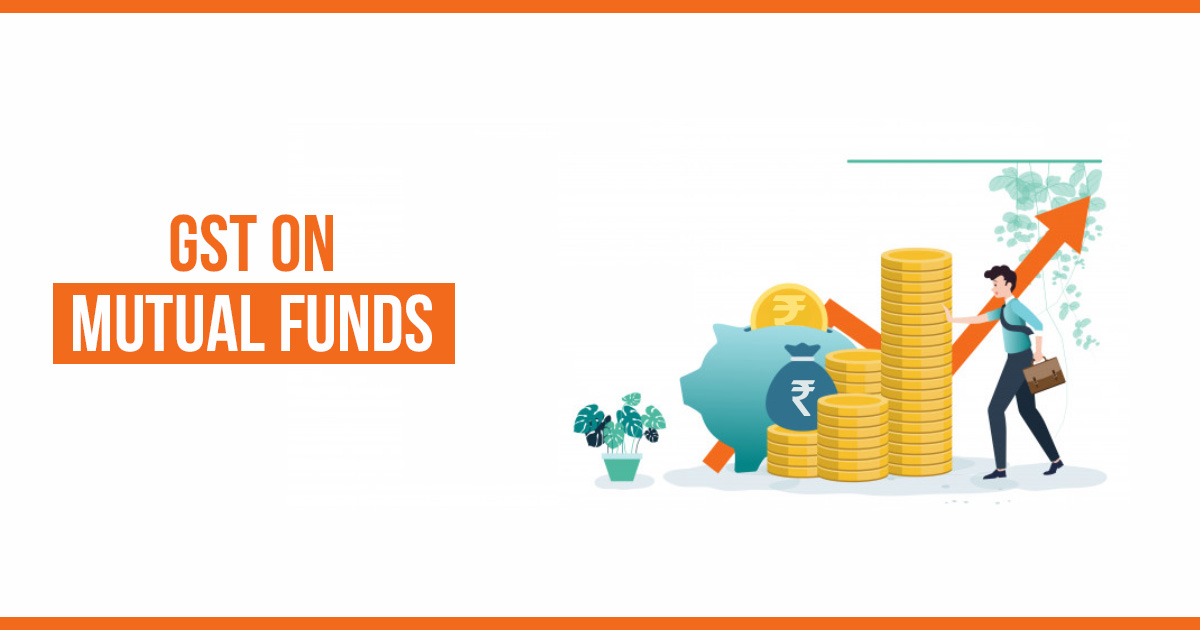GST in India: The Goods and service tax has finally become real as the council and all the dignitaries have concluded over most of the laws. The taxation regime significantly has removed all the additional tax currently levied on the interstate movement of good and also the states will compensate if any revenue loss occurred in the transition.
This single tax scheme subsumes all the taxes like central excise duty, state-level taxes like VAT or sales tax, entertainment tax, entry tax, purchase tax, luxury tax, and octroi.
This new tax scheme has assured that it will certainly bring the neutrality in the unified market which will subsume many taxes aforementioned. As in GST India, the tax is paid at the final point of consumption in which at every stage of sale and purchase in the supply chain, the tax is added and submitted on value added goods and services via a tax credit system.
With the Goods and service tax in India, there is a supposed cost competitiveness as all the market players are obliged to come under the GST framework which will for sure improve the economic conditions of the nation as well as interstate differences in the tax paying duties.
Recommended Post: Difference Between GST and VAT with Example
GST in Other Countries
And now if one diverts over other nations in order to understand the GST implication, first of all, it is a known fact that more than 160 nations have brought up GST and as a matter of fact European tax economy has conceived the GST more than 50 years ago.
It is also seen that the taxation scheme is popularly and broadly accepted subject of taxation in the Asia Pacific geography. But the most important and questionable thought over this discussion concludes that there are above 40 model of GST applications which are currently running through the system of various economies in the world which includes a diverse set of rules and regulations.
Difference in Indian GST vs Foreign GST
| GST in India V/S Other Countries | |
| Countries | GST Rate |
| India | 0% (for food staples), 5%, 12%, 18% and 28%(+cess for luxury items) |
| Canada | GST 5% and HST varies from 0% to 15% |
| UK | 20% | Reduced rates- 5 %, exempt, zero rated |
| Singapore | 7% Reduced rates- Zero rated, exempt |
| Malaysia | 6.00% |
As again watching over the difference in Indian GST vs Foreign GST, countries like New Zealand and Singapore have been applying the taxes on everything at a single and consistent rate. While Indonesia has a total of five plausible accepted rates with zero rates included and also bearing above 30 exemptions within it.
After the European and Asian market, the China has maintained the GST applications over goods and the conditioned provision of repairs, processing and replacement assisted services, which also means that it is restrictedly collected on goods which are consumed in the manufacturing process as the fixed asset goods and service tax in china is not under recoverable terms.
Going to the far shores, in Australia, the GST is a federal tax which is collected by the supreme authority and thus divided further among the states without any conflict arising through the process.
Now to Canada model of GST, the country governs the taxation regime under 3 schemes i.e. Federal GST, Joint federal and separate federal in which federal tax is generally accepted tax system while joint federal is run on the basis of synchronized behaviour of the economy and states and the last one separate federal which only applies to the Quebec as it is deemed as quasi-independent province.
Talking about the Brazil model of GST, it is much independent and carefree in comparison with other nations and has a dividing rule of taxes between the states and the center.
All in all, GST rates are prefixed between 16 to 20 percent and India has somehow taken the cues from this and jotted down the similar pattern. Finally, the great beginning is to flash in the Indian economy because the speculated taxpaying community is likely to get a growth of 5 to 6 times than the current number.
What is the difference between India’s GST BILL and other countries GST BILL? Please, do share your views and thoughts.
Don’t miss any information about GST ! Download GST App today to get the latest updates. Thank you!






